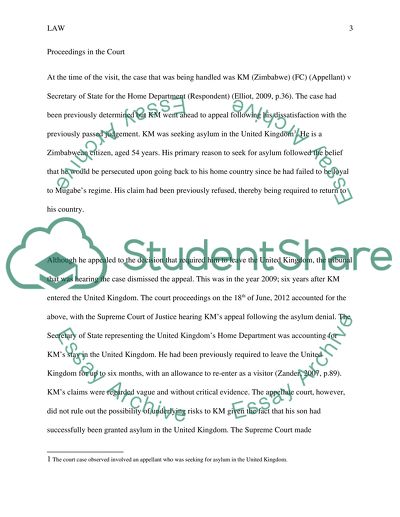Cite this document
(“English Legal System - Court Observation Visit Essay”, n.d.)
English Legal System - Court Observation Visit Essay. Retrieved from https://studentshare.org/law/1453887-english-legal-system-court-observation-visit
English Legal System - Court Observation Visit Essay. Retrieved from https://studentshare.org/law/1453887-english-legal-system-court-observation-visit
(English Legal System - Court Observation Visit Essay)
English Legal System - Court Observation Visit Essay. https://studentshare.org/law/1453887-english-legal-system-court-observation-visit.
English Legal System - Court Observation Visit Essay. https://studentshare.org/law/1453887-english-legal-system-court-observation-visit.
“English Legal System - Court Observation Visit Essay”, n.d. https://studentshare.org/law/1453887-english-legal-system-court-observation-visit.


